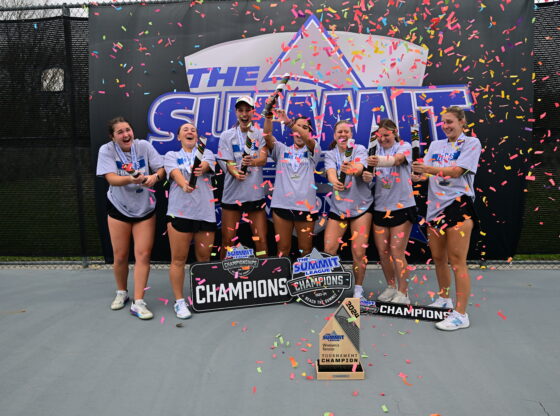It has been over six months since Hurricane Maria struck Puerto Rico, destroying homes and lives on the island and wiping out power completely. Soon after the event, forecasts from Puerto Rico’s governor about the time the island would need to even restore power projected many months. Now, those many months have passed, and indeed, about a third of Puerto Rico still has no electricity, and recovery remains a daunting task. Though time has passed, Puerto Rico still needs support—federal assistance has lagged shamefully since the hurricane struck, and this assistance is still badly needed.
Private donations of food and water coming into Puerto Rico have slowed, and according to recent reports from USA Today and The New York Times, many residents on the island continue to feel frustration toward the Federal Emergency Management Agency (FEMA) and the long delays many faced waiting for assistance. Though recovery has continued over the past few months, many Puerto Ricans still cannot rely on electricity, and this affects most areas of life including food, laundry and work. A recent special on the late-night show “Full Frontal with Samantha Bee” profiled a number of people on the island who are finding creative ways to work around power outages, including sponsored laundry trucks where people can do their laundry. While these stories are inspiring, major recovery efforts should not have to fall so heavily on the shoulders of affected Puerto Ricans themselves.
The largest step needed for continuing aid to Puerto Rico is more dollars being allocated at the federal level. In February, Congress included about $16 billion in disaster relief into their two-year budget plan and though this is an important step, it is not sufficient— in November, Puerto Rico estimated that recovery would require $94 billion. Providing additional federal dollars will not only help relief efforts that have already faced delays but will support infrastructure improvements that could decrease damage done by future storms.
Questions have been raised regarding the discrepancies in responses to Hurricane Harvey, which hit Texas in September 2017, and Hurricane Maria in Puerto Rico. A recent Politico analysis examined the difference in federal response to Hurricane Harvey and found that the Trump administration responded more promptly and with much more money in Texas than it did in Puerto Rico (the image that represents this best is Trump memorably chucking a few rolls of paper towels into a crowd on the island). While true that Puerto Rico is not a state (it is a self-governing commonwealth of the U.S.), its people are American citizens. Increased federal dollars to help these citizens get their electricity back after seven months is not too much to ask.
The challenges that are still being faced in Puerto Rico this far out from Hurricane Maria are unacceptable. More dollars from the federal government should be allocated, but there are also many organizations, such as the Hispanic Federation, that continue to assist Puerto Rico in its recovery. These organizations need support, and donating or contributing is an important way to do this. Without a much more committed and funded federal effort, Puerto Rico’s recovery will not be possible within a reasonable timeline, a timeline that has already become unreasonably long.











